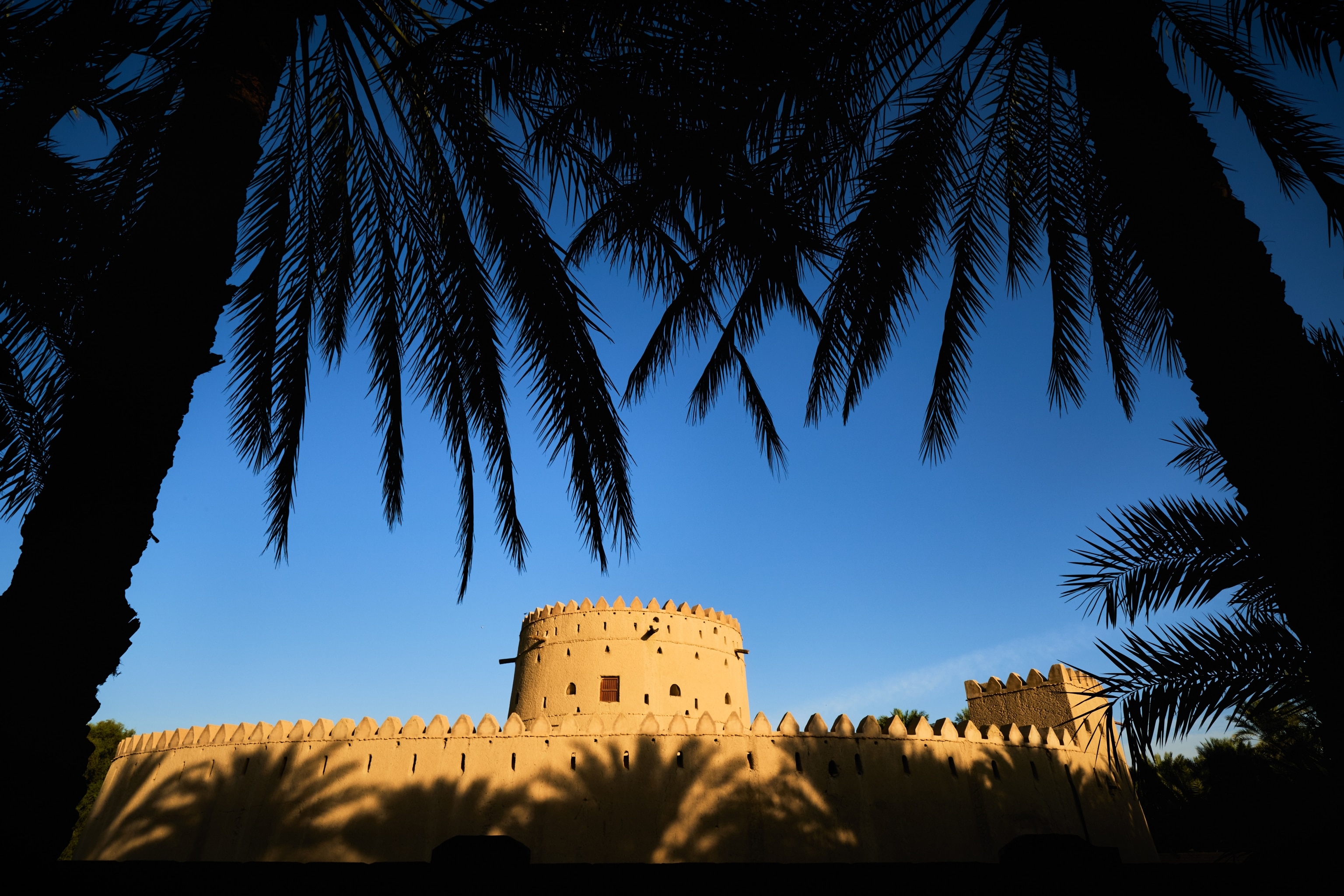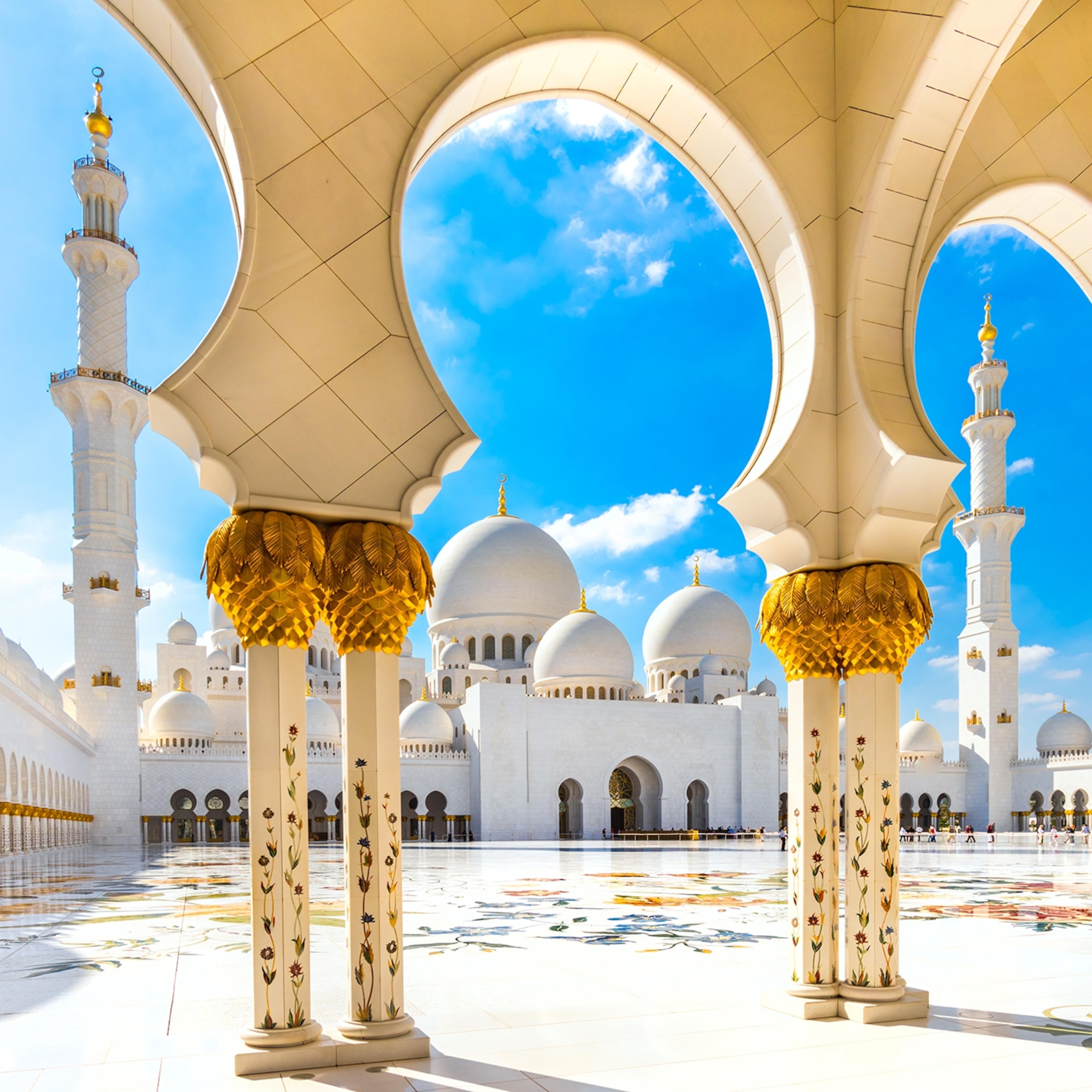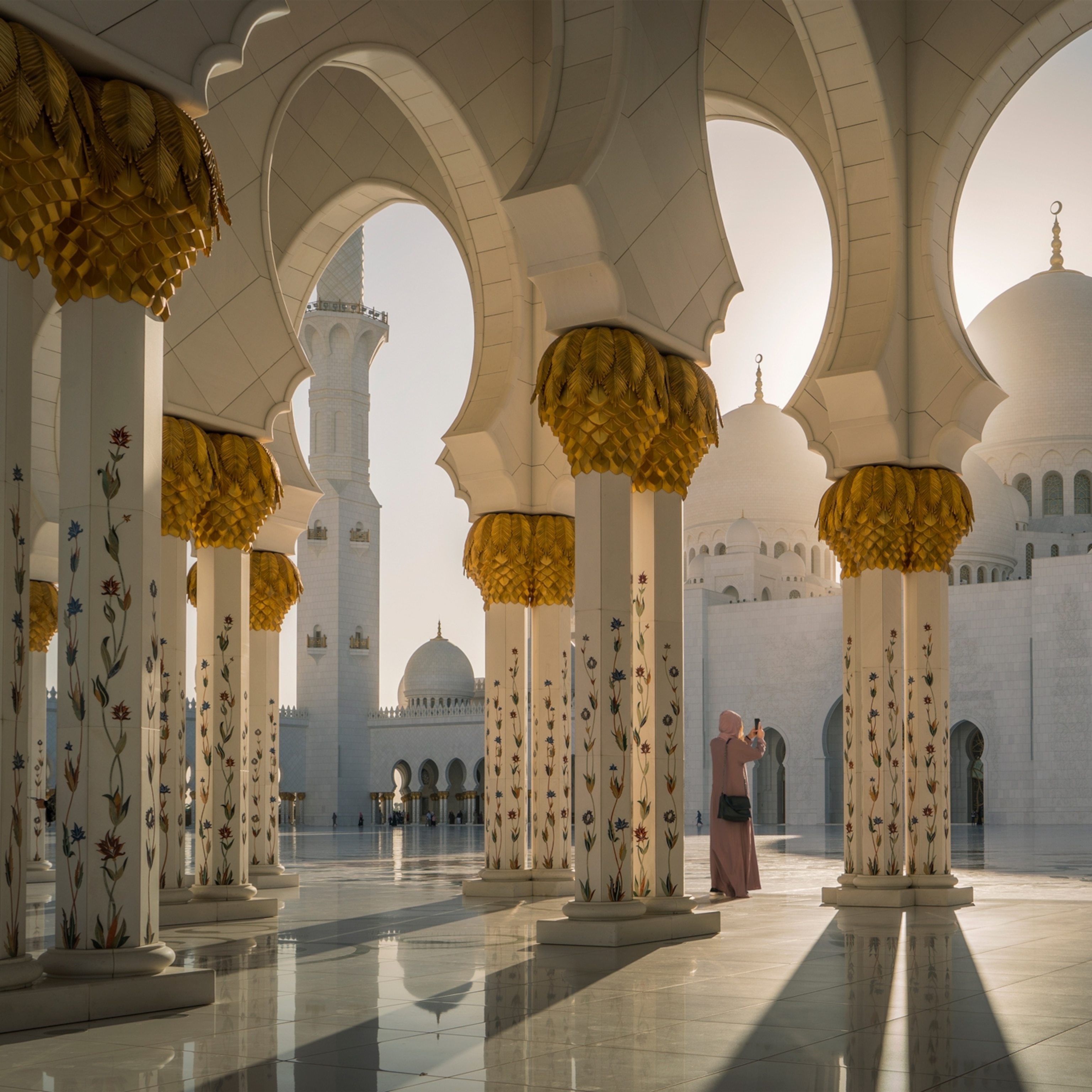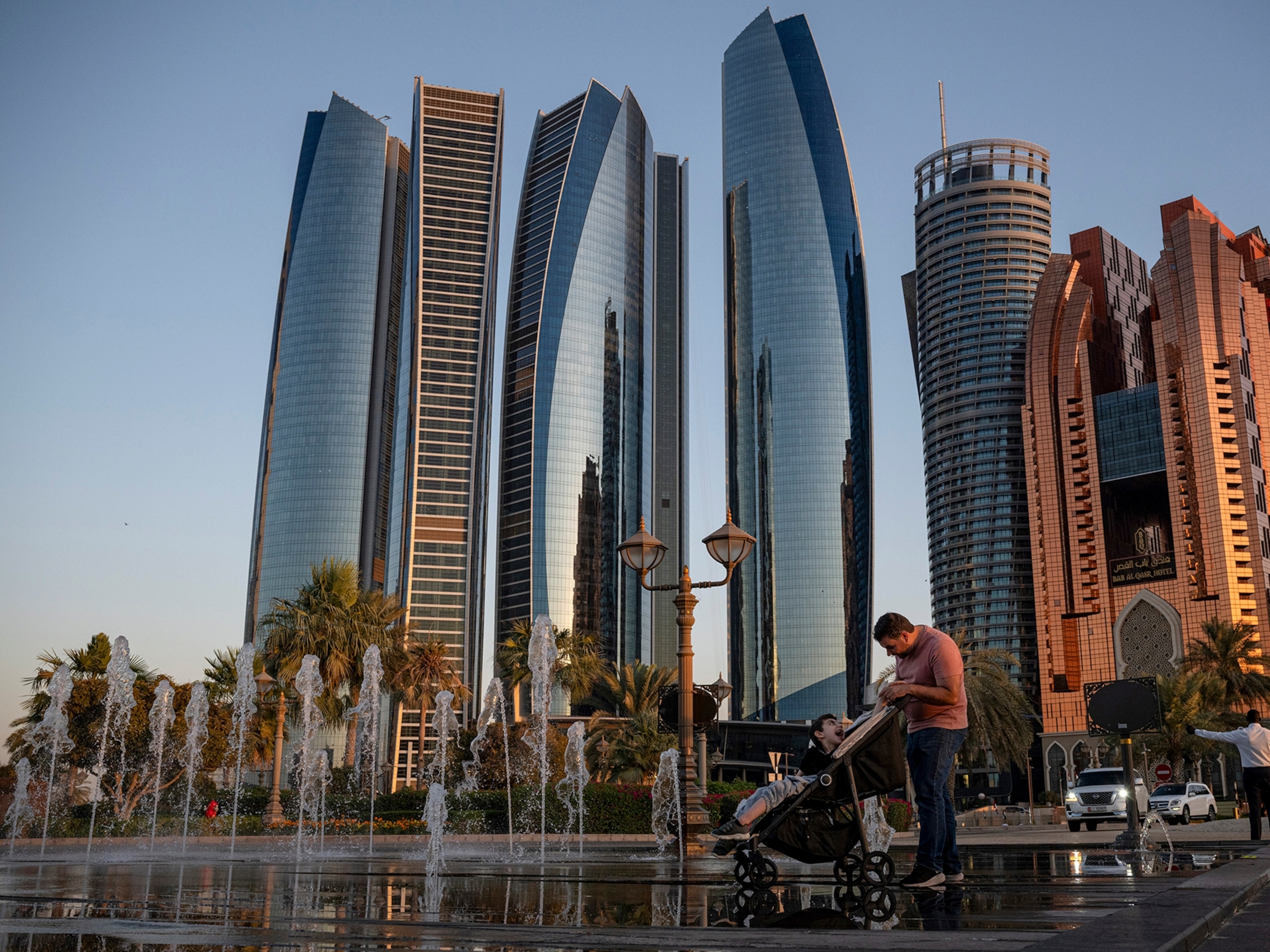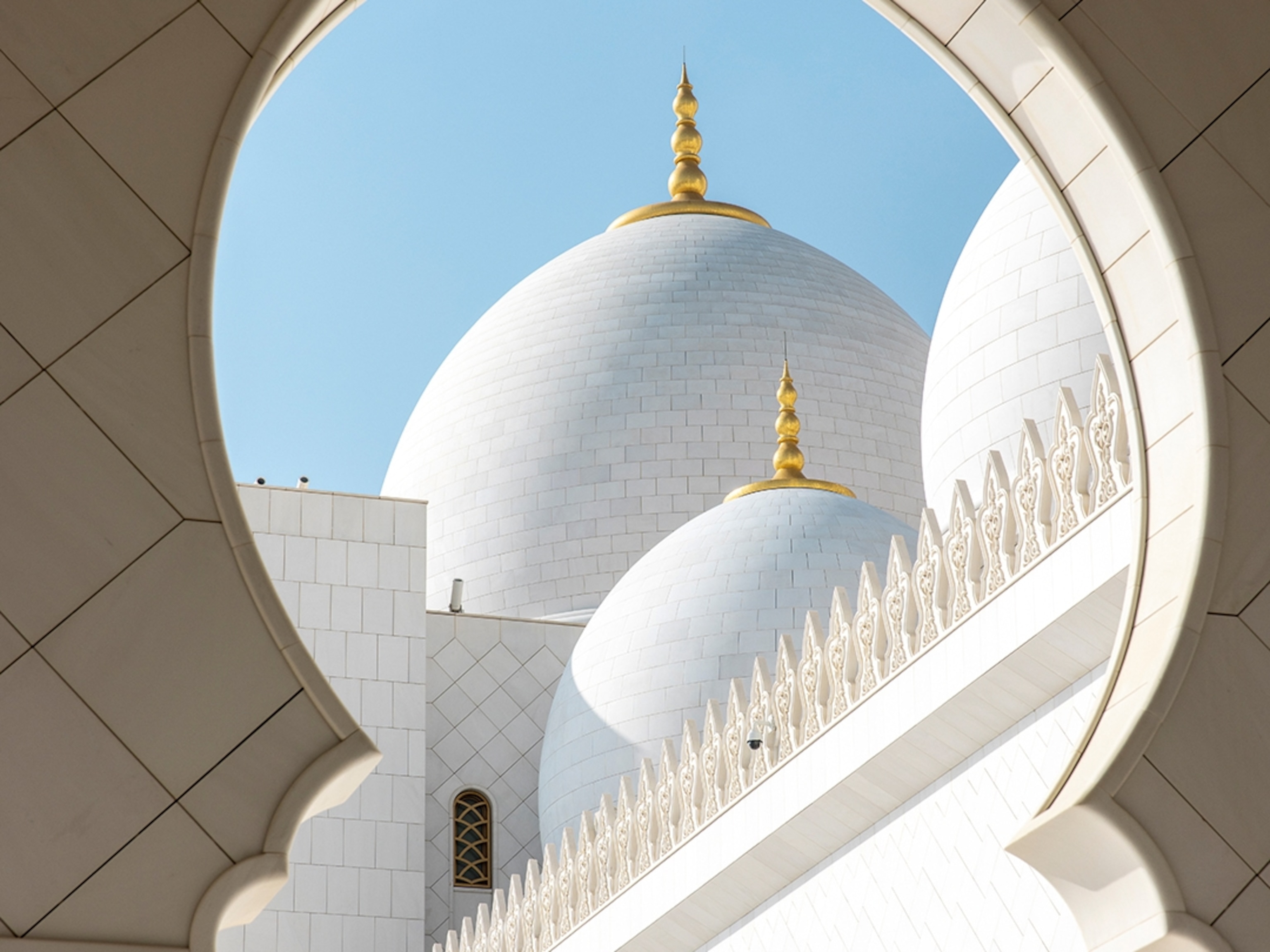Framed by the Arabian Gulf, the rugged Hajjar Mountains and the vast desert expanse of the Empty Quarter, Abu Dhabi is an unmissable destination for explorers. Traditional values exist alongside skyscrapers and fast cars in the modern capital. But in the border towns of Al Ain and Liwa, life appears to have changed little in the past century. Exploring Abu Dhabi allows visitors to unlock the secrets of Emirati life, from traditional musical instruments to the ancient building techniques of desert towns. Uncover these unique cultural sights to experience Abu Dhabi from a new perspective. Take a look and see it, live it, love it.
#1 Sailing dhows - for the oceanic adventurer
The triangular sails of dhow boats have been a regular sight on the waters of the Arabian Gulf and Indian Ocean for more than 1,500 years. Today, sturdy motorized dhows transport everything from dates and fresh fruit to fridge-freezers and television sets around the region, forming a maritime Silk Road that connects the Arabian Peninsula with Iran, India and East Africa. To see them in action, visit Mina Zayed early morning to watch fishermen unload their haul. Better still, book a sunset dhow cruise around the Corniche and soak in the skyline.
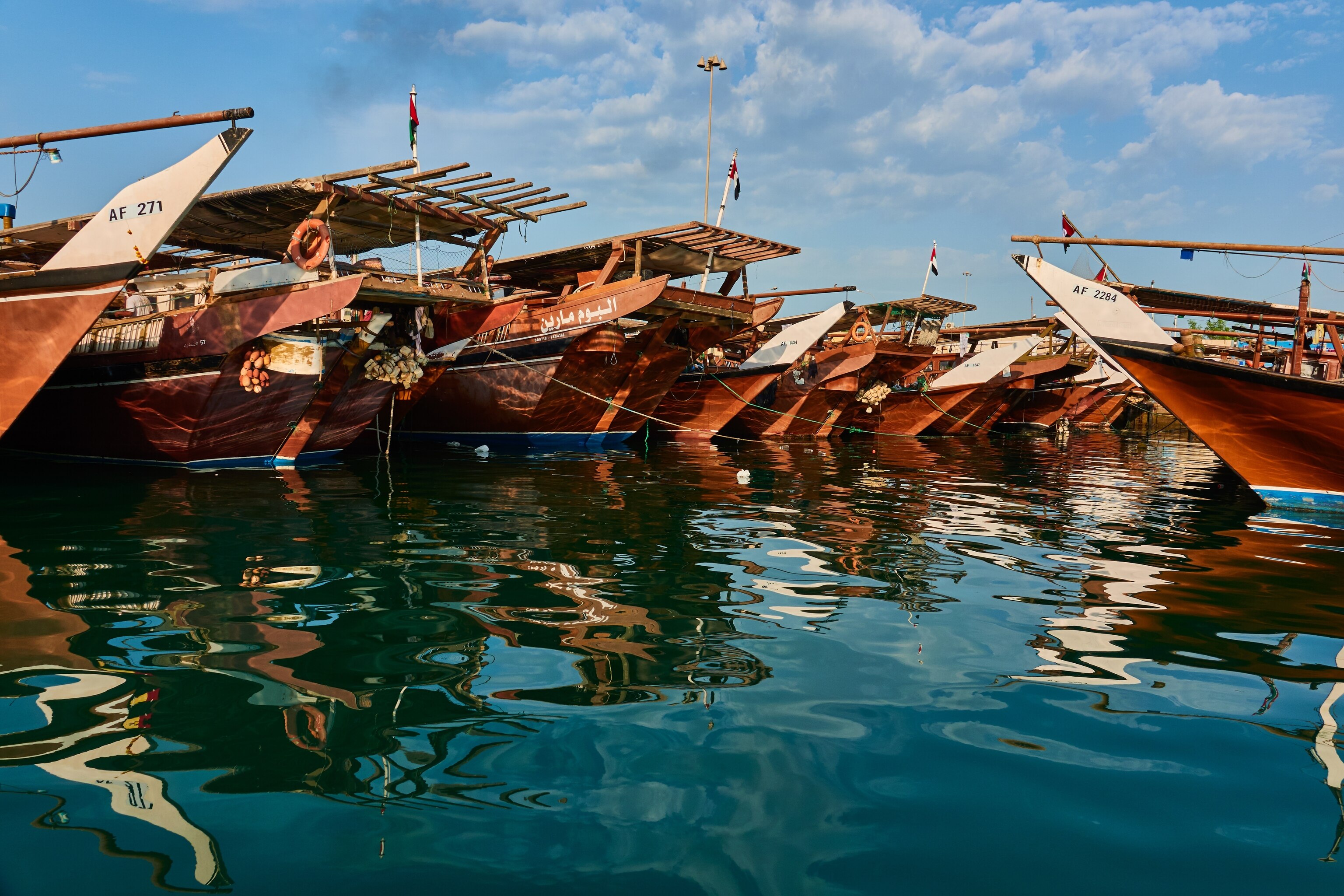
#2 Arabian nights - for the musical historian
Many a weary traveller has been lulled into a dreamy state by the strains of the oud – the traditional stringed instrument found throughout the Middle East and North Africa. A hollow wooden body produces a deep, resonant sound that’s bewitching and exotic, forming the quintessential melody of an Arabian night under the stars. Learn more about the men who dedicate their lives to the art by visiting Bait Al Oud (literally ‘House of the Oud’), where artisans lovingly craft the wooden instruments, and musicians share their skills in classes and workshops.
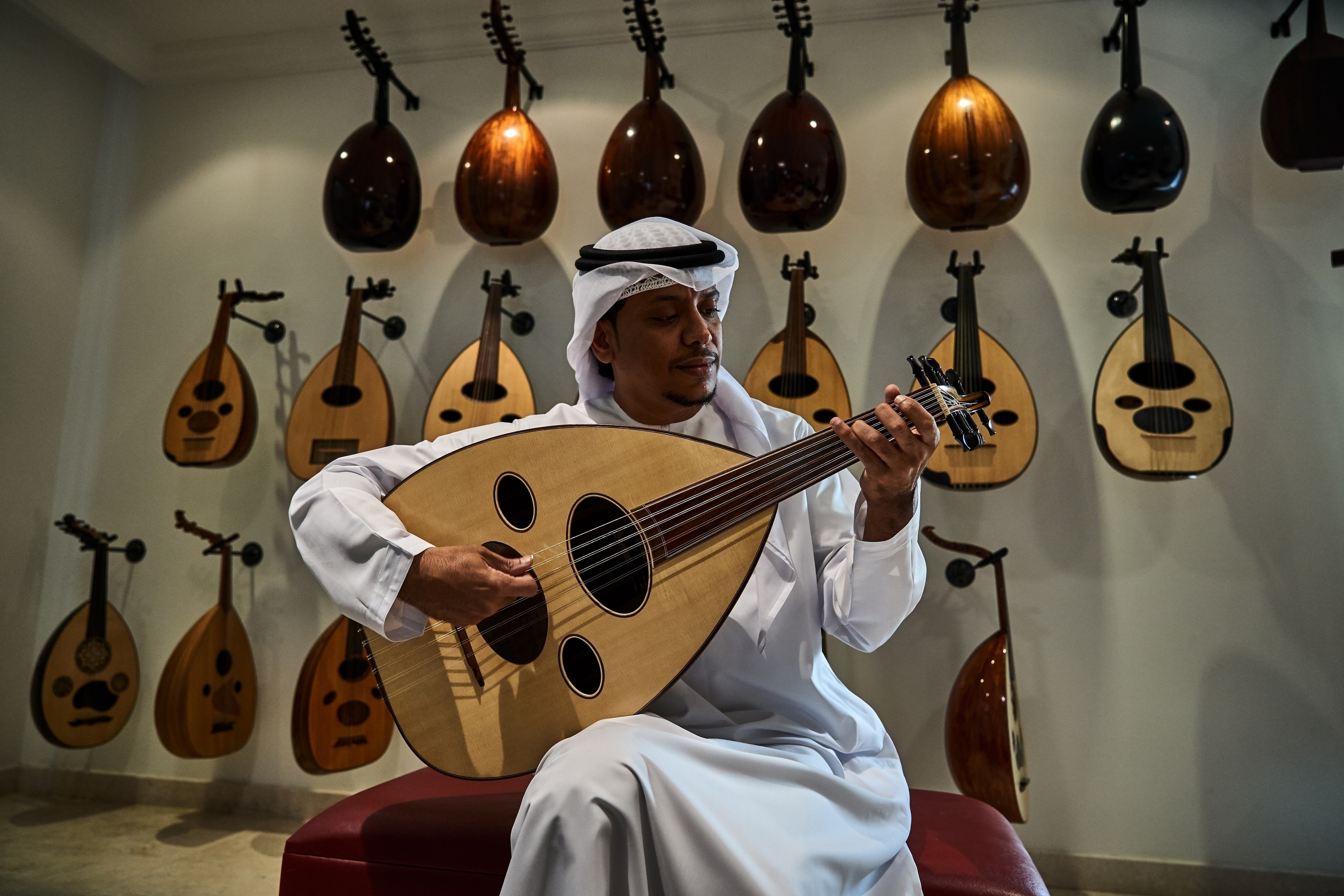
#3 Historic dates - for the gourmet traveller
The sweet fruit of the date palm provided sustenance for the Bedouin who first cultivated them in the oases of Liwa and Al Ain, and became an important commodity that was traded with other tribes. The giving and receiving of dates remains a fundamental part of Arabian culture and hospitality, especially during the holy month of Ramadan, when dates are eaten to break the fast. Spend an afternoon ambling through the date plantations of Al Ain to see the fruits in their native environment, and look out for the centuries old ‘falaj’ irrigation system, which is still used to bring life to the desert.
#4 Royal residence - for the history buff
UAE President Sheikh Khalifa bin Zayed Al Nahyan was born in the oasis town of Al Ain, 100 miles from Abu Dhabi city. Much of his childhood was spent at Qasr al Muwaiji, a fortified home surrounded by the swaying fronds of palm trees. Today, a sleek new glass exhibition space poses a stark contrast to the traditional adobe walls, symbolically describing the marriage of old and new that underpins Emirati culture. Inside, an exhibition charts the history of Abu Dhabi’s ruling Al Nahyan family and the evolution of the building through the ages, from family home to administrative center for the region.
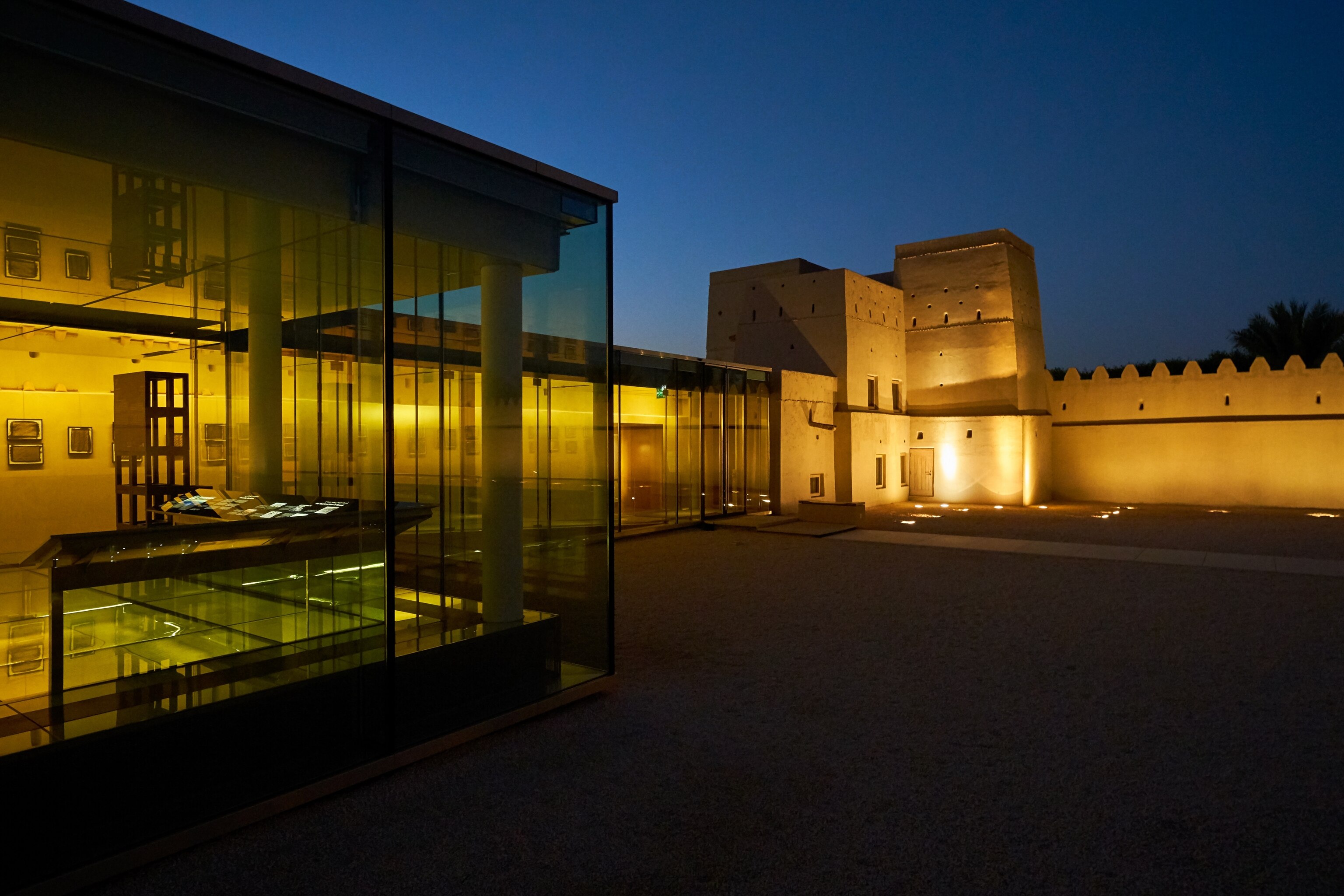
#5 Castles in the sand - for the desert warrior
The mud brick forts of Liwa might not offer much protection by modern standards. But to the parched bandits who once raided the farms and date palm plantations of the crescent-shaped oasis, they presented a formidable deterrent, allowing Liwa to evolve into a thriving commercial center. Inside, palm-fiber sun shades and basic palm wood furniture provided creature comforts for inhabitants, and set the bar for sustainable building practices. Today, conditions in the forts might not be as comfortable as those in Abu Dhabi’s Bedouin style desert camps, but the views from the top are unrivalled.
#6 Sand, salt and sabkhah - for the wilderness explorer
South of Liwa Oasis, the Rub’ al Khali desert (The Empty Quarter) extends for thousands of miles into Saudi Arabia: a rolling sea of sand dunes sculpted by the wind. Between the mountainous dunes, which can reach up to 300m high, the desert floor is a patchwork of salt flats or ‘sabkhah’. The epic terrain forms a playground for adventure drivers, but when the water table rises after heavy rain, the flats are flooded, creating a surreal landscape of desert islands and shimmering pools. Create your own desert adventure and explore the edge of The Empty Quarter on an overnight 4x4 dune-bashing safari.
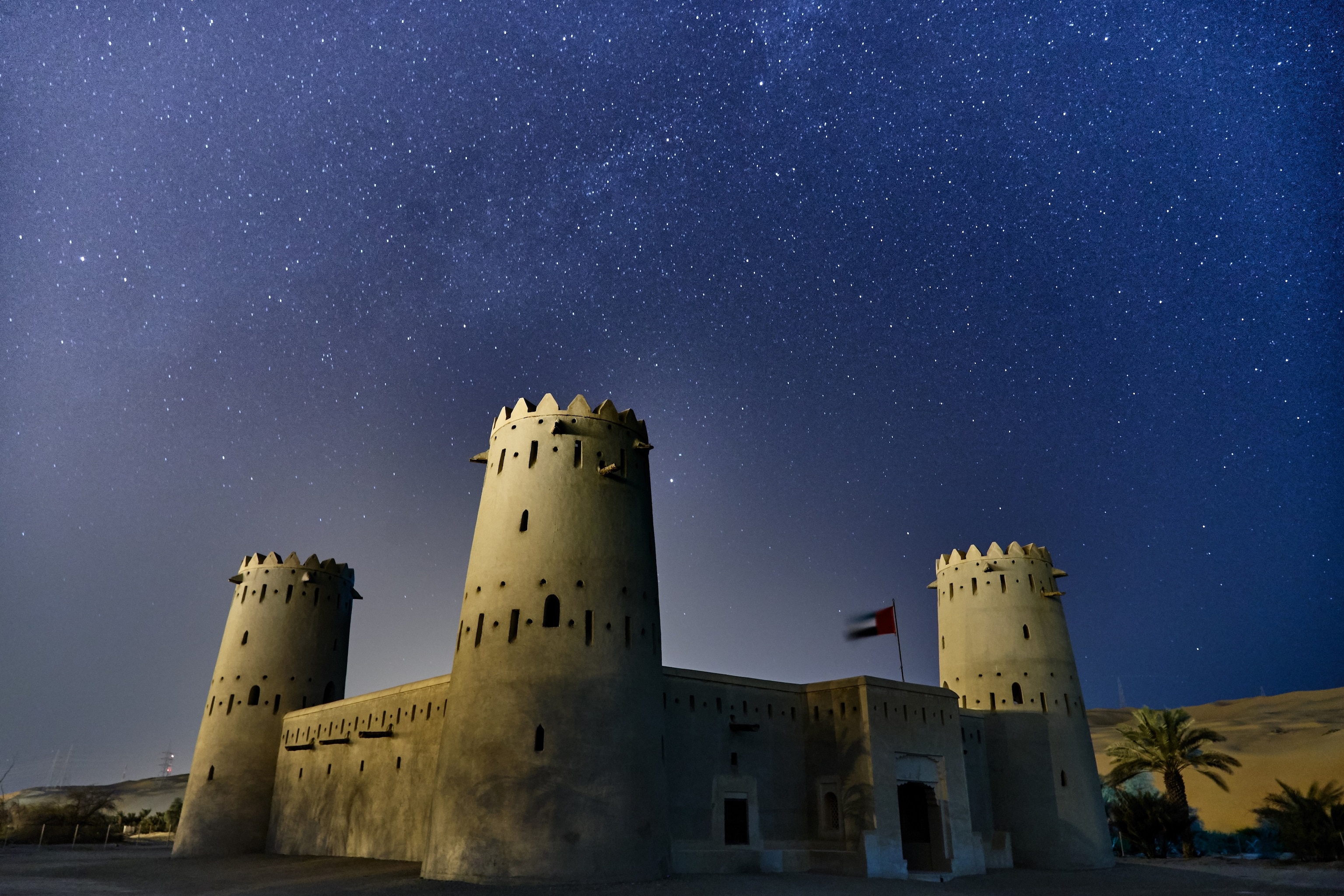
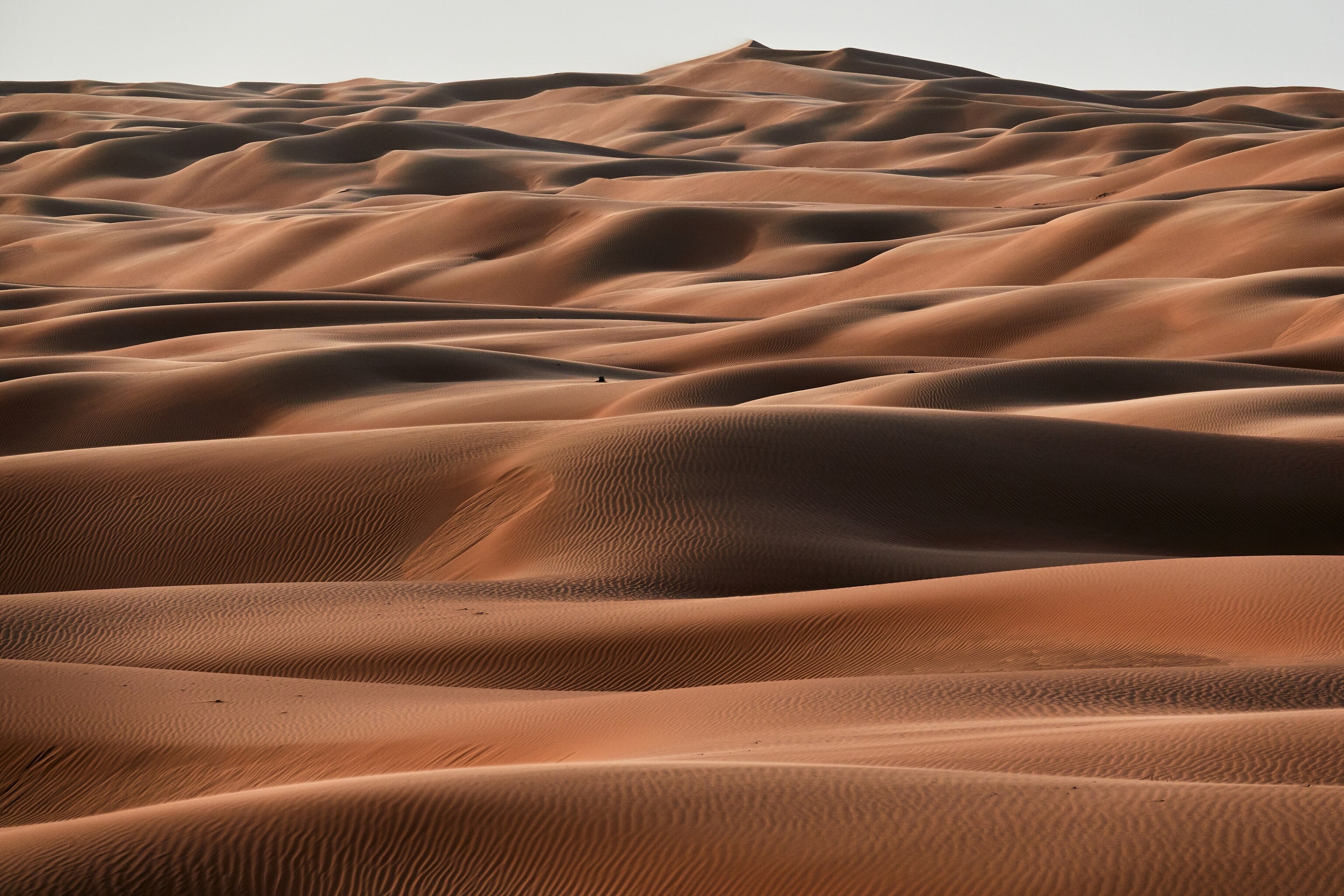
#7 Sheikh Zayed Grand Mosque - for the roaming photographer
Abu Dhabi called upon a legion of artisans from all over the world to create Sheikh Zayed Grand Mosque. Craftsmen used a centuries old technique called ‘pietra dura’ to festoon 1,096 palm-crowned columns with precious stones, and architects took inspiration from across the Islamic world to design each section of the 106-meter high minarets, clad, like the rest of the mosque in white marble from Macedonia. Inside, seven 24-carat gold gilded chandeliers made in Germany are inlaid with thousands of Swarovski crystals, and it took a team of 1,200 Iranian weavers two years to design, knot and assemble the enormous carpet: the largest in the world. You have to see it to believe it.
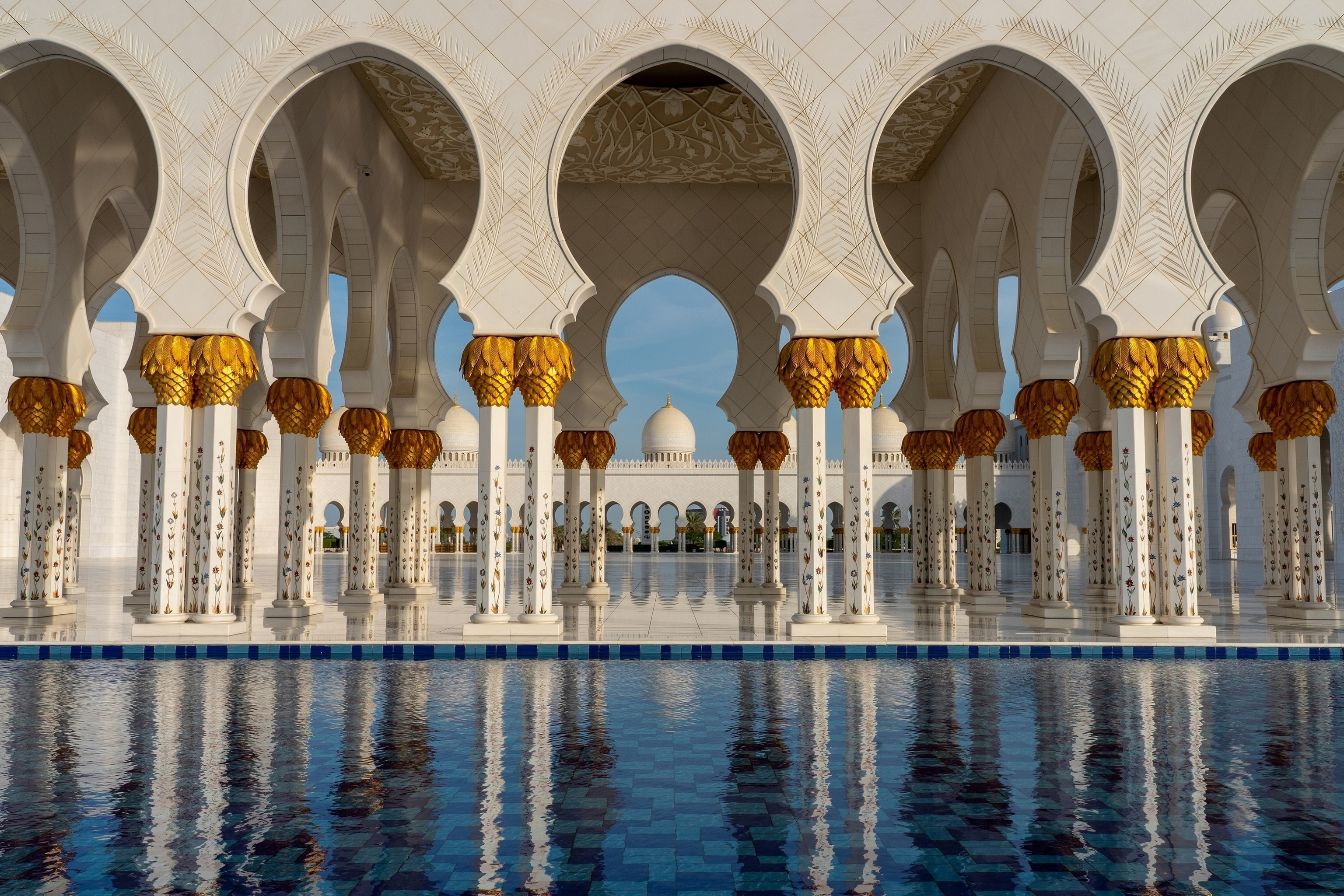
#8 Cultural contrasts - for the architecture hunter
If you consider them side-by-side, Louvre Abu Dhabi is the architectural antithesis of Sheikh Zayed Grand Mosque. While the latter is a symphony of soaring archways, domes and columns covered in intricate mosaic and swirling calligraphy, the latter is a modernist construct of white geometric cubes stacked beneath one vast concave disc. The minimal style of the museum provides a visual counterpoint to the ornate mosque, yet both are places of quiet reflection. The Louvre’s collection of artwork represents man’s artistic contribution to the world since time immemorial, from pre-history and ancient empires to modern day Arabia, whereas the mosque itself is a product of the craftsmanship of contemporary artisans.
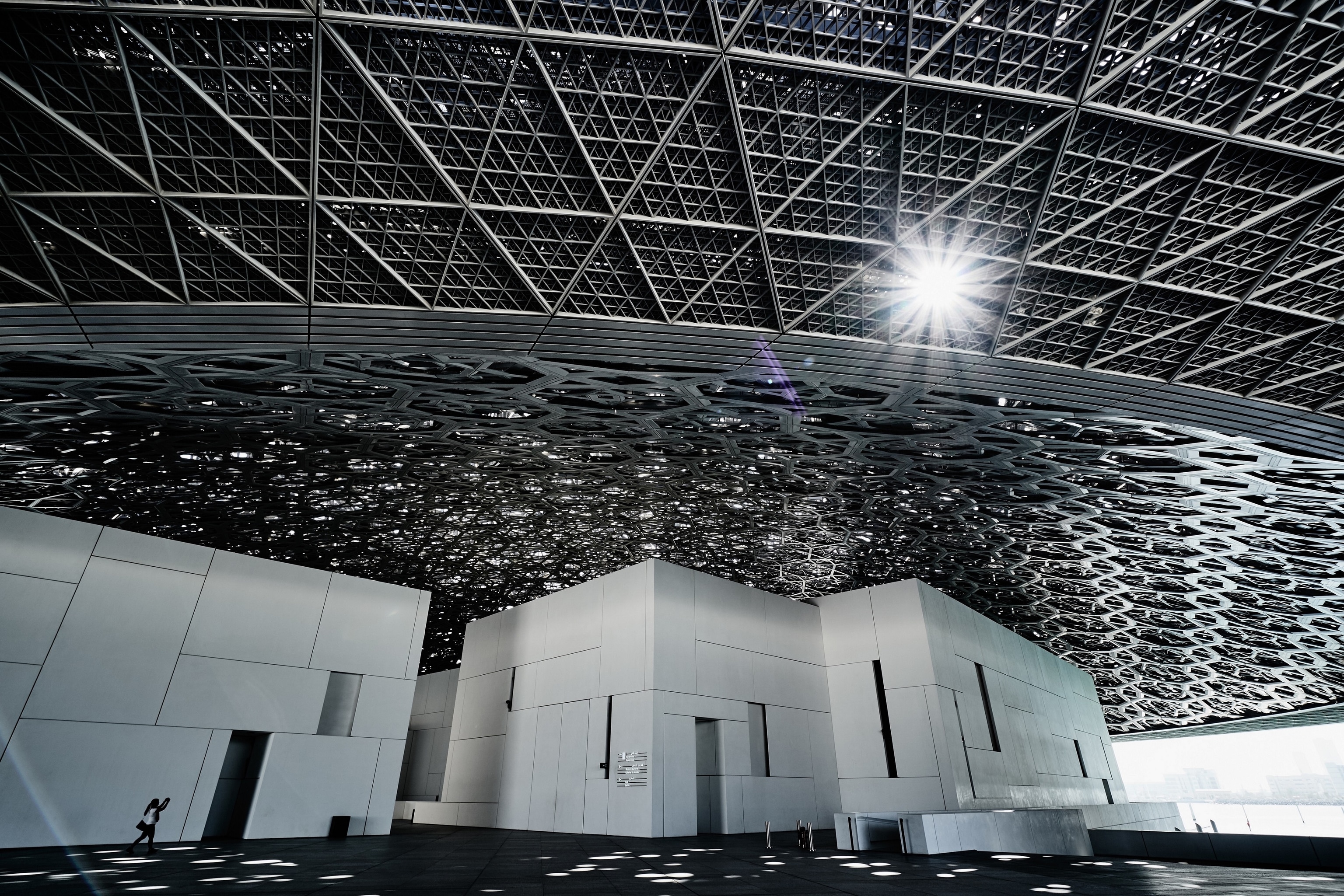
Uncover more unique Abu Dhabi perspectives on our dedicated Abu Dhabi portal, where you can find images from photographer Mike Yamashita and a collection of exclusive animated illustrations by French artist Ugo Gattoni.
